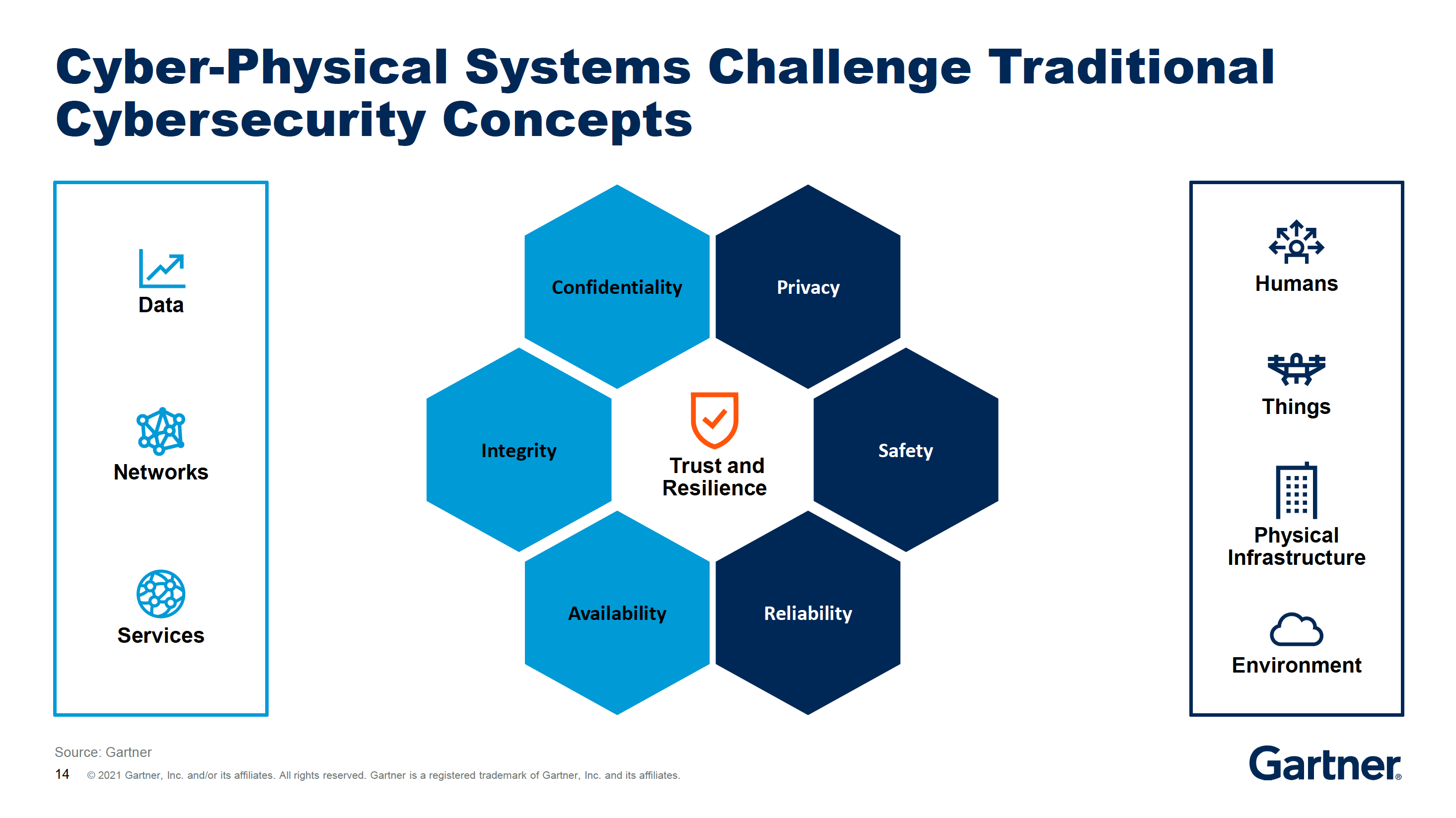Cyber-physical systems (CPS) are interconnected computing and physical systems that interact with each other and with the physical world through sensors and actuators. They are used in a wide variety of applications, including industrial control, transportation, healthcare, and smart homes.
When buying a CPS, there are a number of factors to consider. Here are 10 of the most important:
- The application. What will the CPS be used for? The specific application will determine the requirements for the CPS, such as the level of security, reliability, and performance.
- The environment. Where will the CPS be deployed? The environment will affect the design and implementation of the CPS, such as the need for ruggedness, temperature tolerance, and electromagnetic compatibility.
- The components. What components will the CPS be made of? The components will affect the cost, performance, and security of the CPS.
- The architecture. How will the CPS be architected? The architecture will affect the scalability, flexibility, and maintainability of the CPS.
- The software. What software will the CPS run? The software will affect the functionality, usability, and security of the CPS.
- The security. How will the CPS be secured? The security of the CPS is critical, as a breach could have serious consequences.
- The support. What kind of support will be available for the CPS? The support will affect the ease of use and maintenance of the CPS.
- The cost. How much will the CPS cost? The cost of the CPS will be a major factor in the decision-making process.
- The timeline. When will the CPS be needed? The timeline for deployment will affect the choice of CPS.
- The risks. What are the risks associated with the CPS? The risks should be carefully considered before making a decision.
In addition to these 10 factors, there are a number of other considerations that may be relevant for a specific application. For example, the CPS may need to be certified to meet certain standards, or it may need to be compatible with existing systems.
The decision of whether or not to buy a CPS is a complex one. The factors listed above should be carefully considered to ensure that the right CPS is chosen for the application.
Additional Considerations
- The future of CPS. The field of CPS is rapidly evolving, so it is important to consider the future when making a buying decision. For example, the CPS may need to be scalable to accommodate future growth, or it may need to be compatible with new technologies.
- The impact of CPS on society. CPS have the potential to have a significant impact on society. For example, they could be used to improve safety, efficiency, and productivity. However, they could also be used for malicious purposes. It is important to consider the potential impact of CPS on society before making a buying decision.
Conclusion
Buying a CPS is a complex decision, but it is one that can have a significant impact on an organization. By carefully considering the factors listed above, organizations can make sure that they choose the right CPS for their needs.
